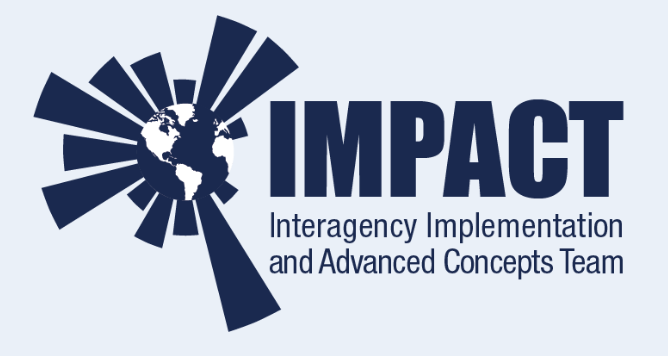ML Pipeline#
Authored by Development Seed and NASA IMPACT
Hello! Welcome to the ML Pipeline.#
We abide by the belief that pipelines enable streaming of data analysis and machine learning processes. Modular configurations where individual components of the pipeline are separable, chainable and reusable are best for improving efficiency around model building and iteration.
For this reason, we created the ML Pipeline. It is specific to geospatial computer vision problems and implements high impact, actively developed and well tested tooling from across the open source ecosystem.
To get started with the pipeline, see the following notes about how to interact with the content and then proceed to the Getting Started guide.
Links
Jupyter Book: (https://NASA-IMPACT.github.io/ml-pipeline/docs/index.html)
How to run the notebook code
A major advantage of executable books is that the reader may enjoy running the source code, modifying them and playing around. No downloading, installation or configuration are required. Simply go to
https://NASA-IMPACT.github.io/ml-pipeline/docs/index.html,
and in the left menu select any topic, click the “rocket” icon at the top right of the screen, and choose “Colab.” This will launch the page in a virtual runtime environment hosted by Google. From there, the code can be run using a free GPU.
For local running, the code for each topic in the form of Jupyter notebooks can be downloaded by clicking the “arrow-down” icon at the top right of the screen.
Credits
Built with Jupyter Book, a part of the Executable Books Project.
ISBN: *(tbd)
